Methods To Determine The Haemoglobin Concentration:
Conventional Methods
- Sahli method
2. Haldane’s hemoglobin method
Other methods
- Cyanmethemoglobin method (Calorimetry)
- Alkaline hematin method
- Oxyhemoglobin method
- CuSO4 specific gravity method
- Spectrophotometry
Hemoglobin estimation by sahli’s method
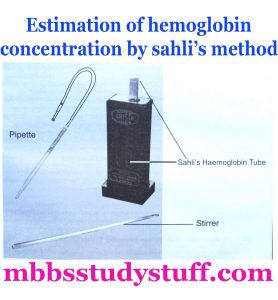
Sahli method
Routinely in a physiology laboratory, haemoglobin estimation is performed by Sahli’s haemoglobinometer. This Method was first performd by Hermann Sahli.
PRINCIPLE:
Haemoglobin is measured by hemolysis of red blood cells so that the pigment is released into the plasma. The haemoglobin is converted into acid hematin when treated with 0.1 N HCI. Haemoglobin is determined by macroscopic colour matching in the comparator of Sahli’s hemoglobinometer.
Reagents and Equipment
- Sahli‘s hemoglobinometer
- Sahli’s haemoglobin tube
- Hemoglobin pipette
- Blood lancet
- Dropper
- 0.1 N HCl in distilled water
- Glass stirrer.
PROCEDURE:
- Take Sahli’s haemoglobin tube and with the help of a dropper. Add 0.1 N (N/10) HCI up to Mark 20% on the tube and place it in Sahli‘s haemoglobinometer.
- Warm your hands by rubbing them with each other.
- Take a spirit swab. Thoroughly clean the fingertip and prick the pulp of the finger with the disposable Lancet.
- Discard the first drop of blood and allow the haemoglobin pipette to the full by capillary action up to mark 20.
- If extra blood is drawn, touch the pipette tip to a filter paper or tissue paper to remove the extra blood.
- Place the tip of the pipette beneath the surface of HCI in the Sahli‘s tube and gently blow out the blood in the tube.
- Mix the contents with the glass stirrer and allow it to stand for 10 minutes. The RBCs hemolyzes during this time. Haemoglobin releases and reacts with HCI and gets convert into acid hematin.
- Then add distilled water drop by drop “me stirring the contents until the colour matches with the colour of the standard in the comparator.
- Remove the Sahli’s tube and hold it against white light or paper.
- Read the upper meniscus on Sahli’s tube to measure the percentage of haemoglobin and grams of haemoglobin per 100 ml of blood. Haemoglobin concentration of 14.6g/100ml considered as 100%.
Normal Range of Hemoglobin
- At birth 5-19.5 g/dl
- Neonate 5 – 22.2 g/dl
- Child (6 – 12 years) 5 – 15.5 g/dl
- Adult male (18-49 years) 5 – 17.5 g/dl
- Adult female (18-49 years) 0 – 16.0 g/dl
PRECAUTIONS:
- The blood sample and acid should while taking should be of the accurate and precise amount because it can affect the results.
- While Sucking blood, Don’t allow the air bubbles to enter the pipette.
- Always use the disposable lancet. Thoroughly clean the puncture site with antiseptic.
- Colour matching should be carry out during good daylight.
- Always take the absolute values, as %age values have no significance.
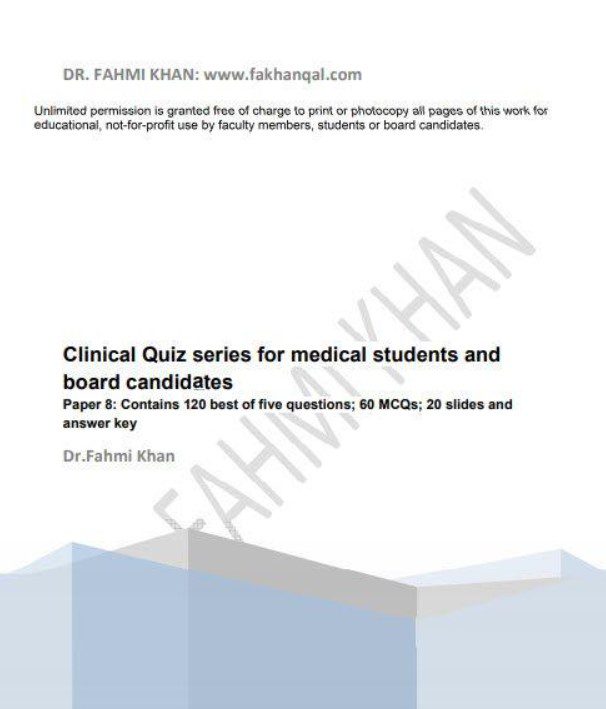
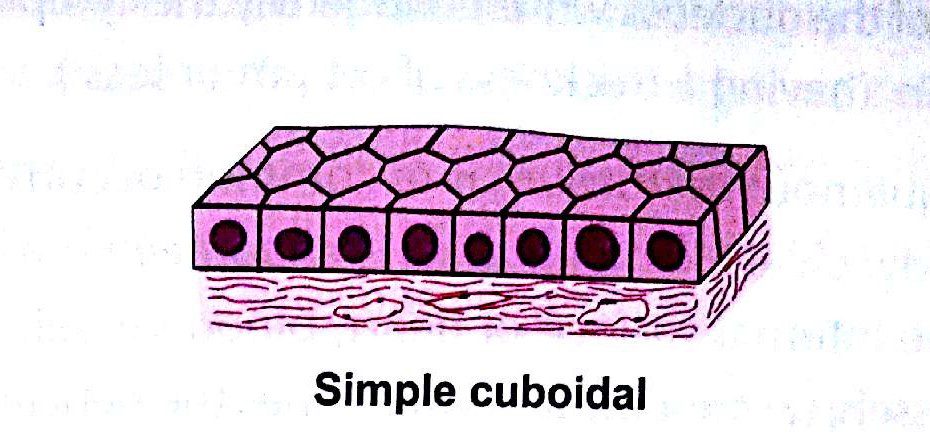
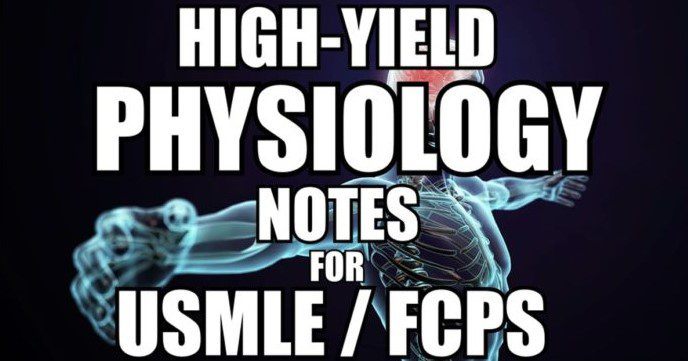
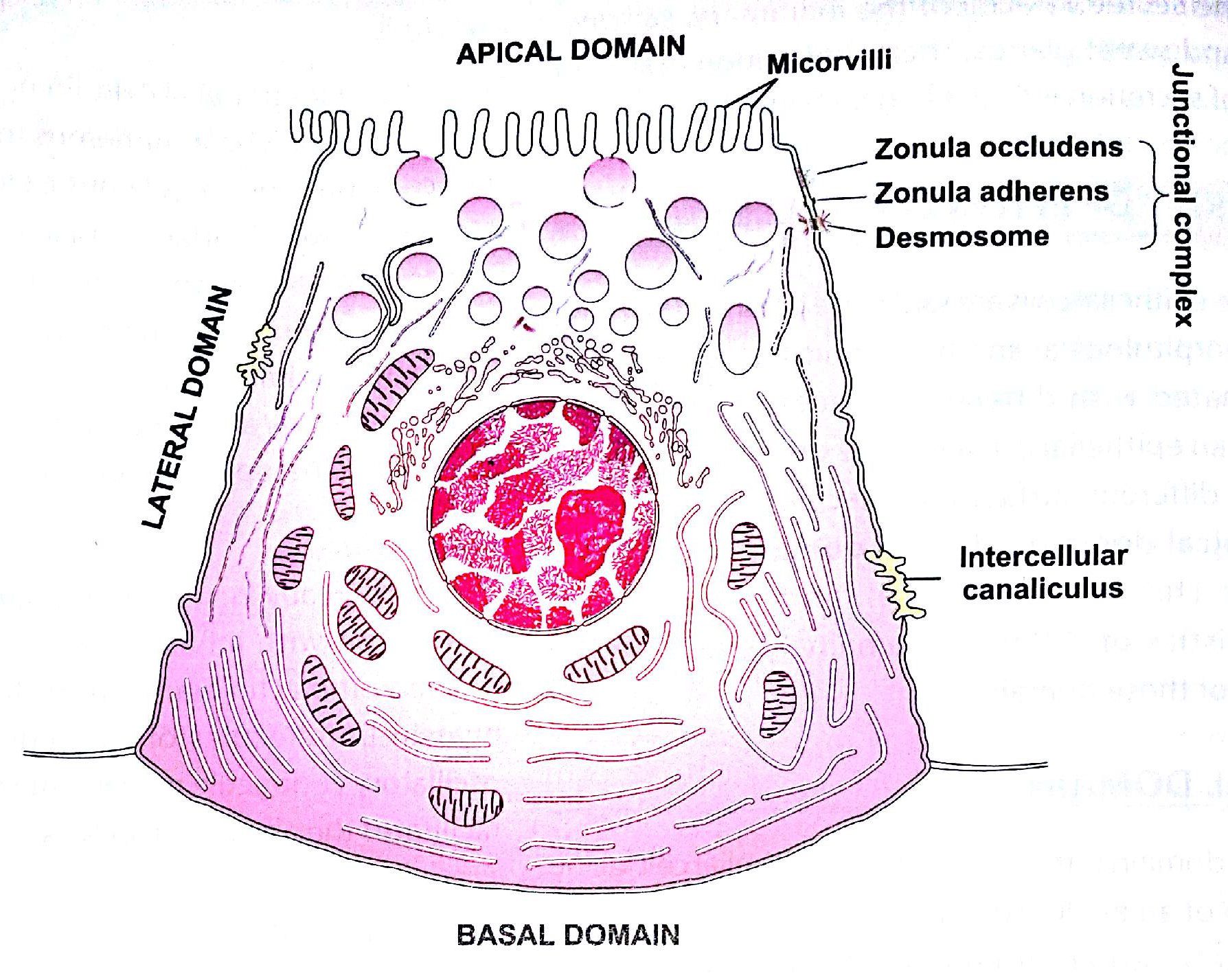
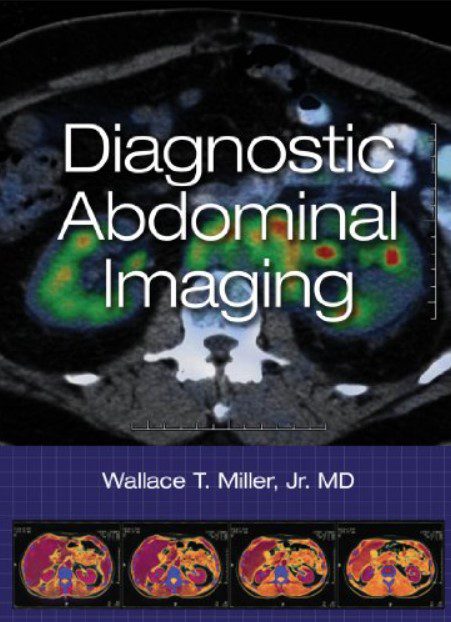
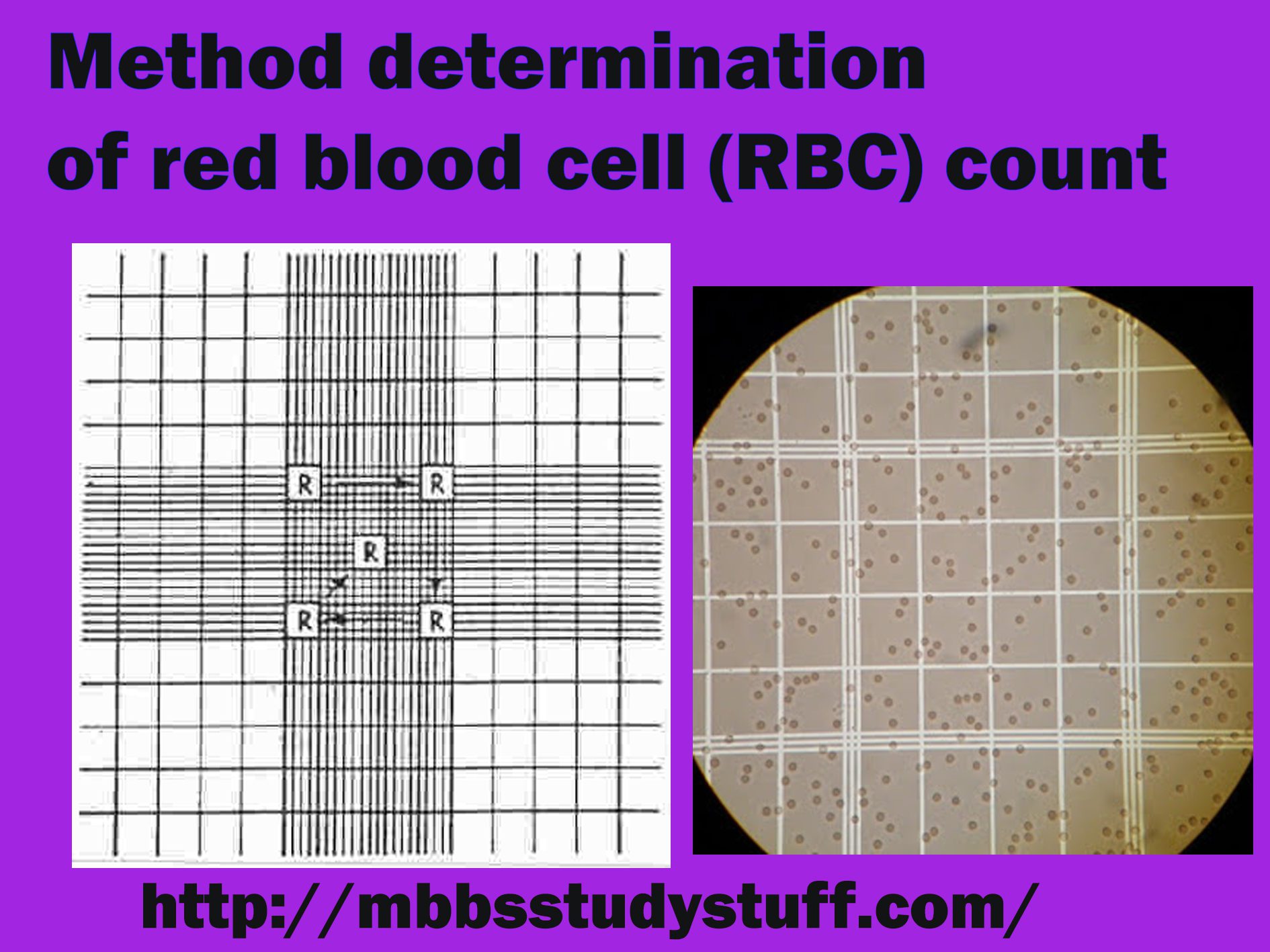
![All First Aid Book Series PDF 2025 Free Download [36 Books] All First Aid Book Series PDF 2020 Free Download](https://medicalstudyzone.com/wp-content/uploads/2020/07/All-First-Aid-Book-Series-PDF-2020-Free-Download.jpg)
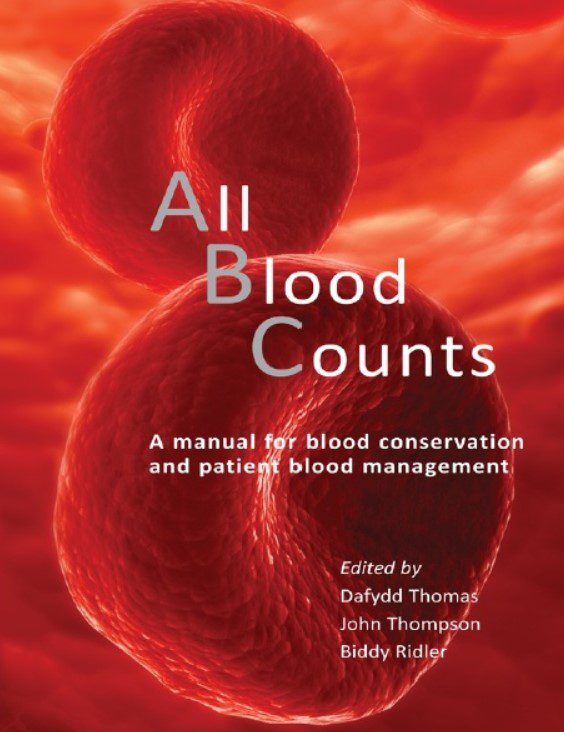
Leave a Reply